The secret to consistently hitting your target in darts lies heavily in mastering the dart throwing grip; it’s the foundation upon which accuracy and repeatability are built. This article will explore various grip styles, delve into the nuances of finding your perfect grip, and offer practical tips to improve your game.
⚠️ Still Using Pen & Paper (or a Chalkboard)?! ⚠️
Step into the future! The Dart Counter App handles all the scoring, suggests checkouts, and tracks your stats automatically. It's easier than you think!
Try the Smart Dart Counter App FREE!Ready for an upgrade? Click above!
Understanding the Importance of Your Dart Throwing Grip
A solid dart throwing grip is much more than just holding the dart; it’s about creating a consistent point of contact and control. A poor grip can lead to inconsistent releases, wobbling darts, and ultimately, missed targets. Your grip influences everything from your stance and throw to your follow-through. Finding the right grip for you is a personal journey, but understanding the fundamentals is key to unlocking your potential on the oche.
The Three Core Elements of a Good Grip
There are three essential components to consider when evaluating or adjusting your dart throwing grip:
- Pressure: How firmly are you holding the dart? Too tight, and your muscles tense up, hindering a smooth release. Too loose, and you lose control.
- Contact Points: Which fingers are touching the dart, and where? The number of fingers and their placement on the barrel greatly impacts stability.
- Consistency: Can you replicate the same grip every single time? Muscle memory is vital in darts, and consistency is the key to developing that.
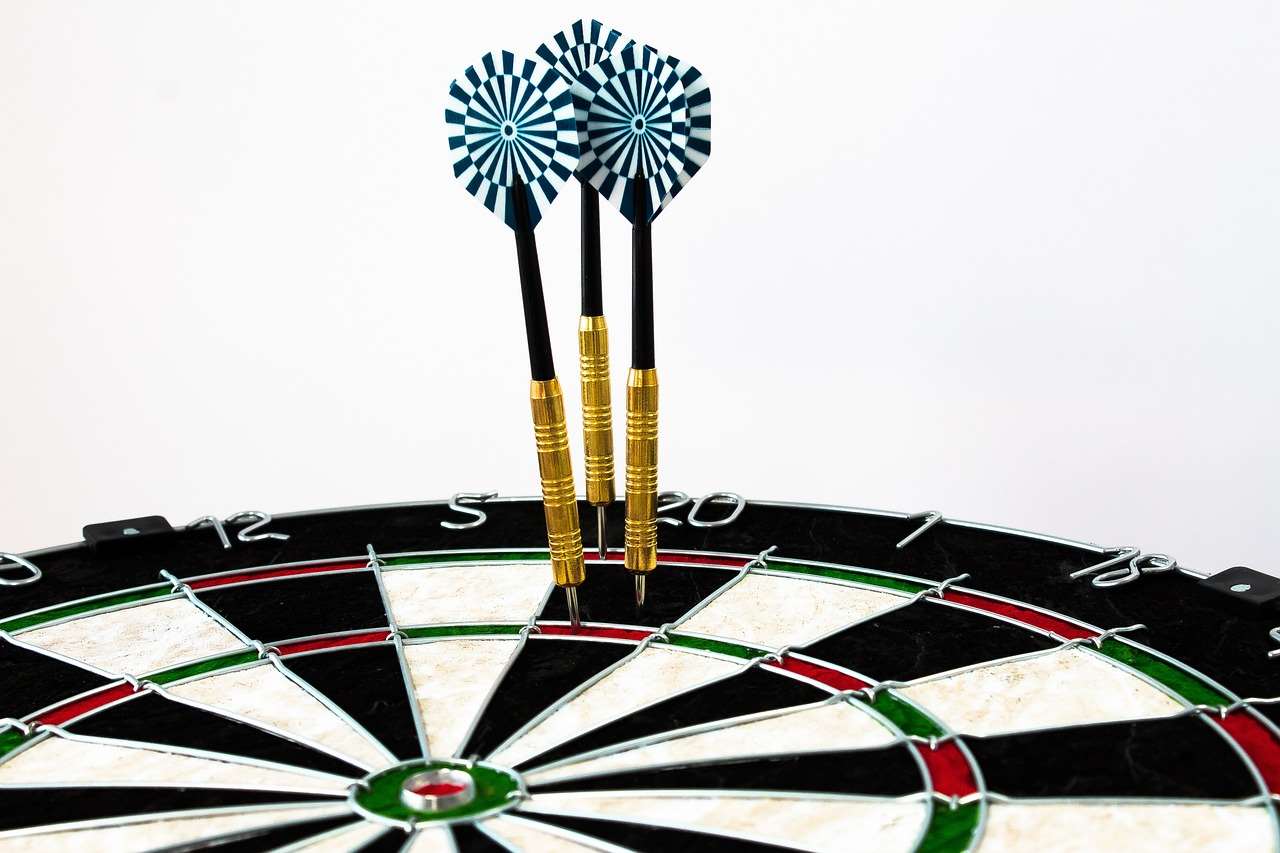
Exploring Different Dart Throwing Grip Styles
No single dart throwing grip works for everyone. Experimentation is essential, but understanding the common styles can provide a starting point. Below are some of the most popular and effective grips used by professional and amateur dart players alike. Don’t be afraid to modify these to fit your hand size, finger length, and personal preference.
The Two-Finger Grip
This is a minimalist grip, typically involving the thumb and forefinger. Some players add a third finger for stability, but the primary control comes from the thumb and forefinger pinching the dart. It allows for a very clean release but can be less stable than other grips. This type of dart throwing grip works best for players who use a sweeping motion in their arm and prefer the Zen Budo Darts approach.
The Three-Finger Grip
Perhaps the most common dart throwing grip, the three-finger grip usually involves the thumb, forefinger, and middle finger. The thumb and forefinger provide the primary control, while the middle finger acts as a guide and stabilizer. This grip offers a good balance of control and stability and is a great starting point for beginners. Many variations exist within this grip, with players adjusting the placement of the fingers along the barrel.
The Four-Finger Grip
This grip utilizes the thumb, forefinger, middle finger, and ring finger. It provides maximum stability and control, but can also restrict the fluidity of the throw if not executed correctly. This grip is often favored by players with larger hands, but can be adapted for smaller hands with adjustments to finger placement.
The Five-Finger Grip
While less common, some players utilize all five fingers in their grip. This dart throwing grip offers maximum surface area contact, but can easily lead to tension and an inconsistent release. It requires a very relaxed hand and a conscious effort to avoid gripping too tightly. Consider also using the Best darts scoring app to keep track of your game while you are trying out these different grips!
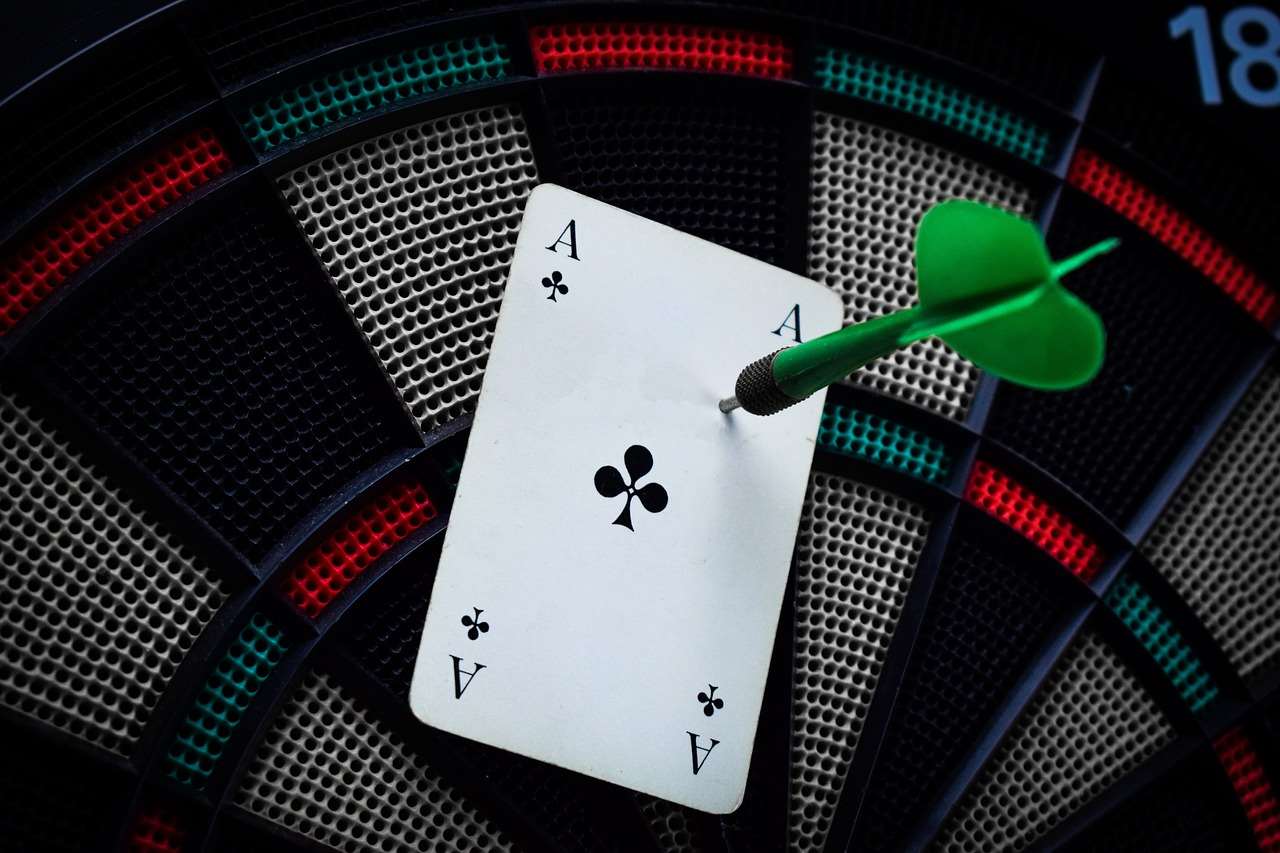
Finding the Right Grip Pressure for You
The amount of pressure you apply to the dart is crucial for a clean and consistent release. Too much pressure, and your arm will tense up, leading to inaccurate throws. Too little pressure, and you’ll lose control of the dart. The ideal pressure is firm enough to maintain control but relaxed enough to allow for a smooth release. Think of holding a bird: you want to hold it securely, but not so tightly that you crush it.
Tips for Optimizing Grip Pressure
- Start Loose: Begin with a very light grip and gradually increase the pressure until you feel in control.
- Experiment: Try throwing darts with varying degrees of pressure to see how it affects your accuracy and release.
- Relax Your Hand: Consciously relax your hand and arm muscles before each throw.
- Focus on the Release: Pay attention to how the dart feels as it leaves your hand. A smooth release indicates optimal pressure.
Finger Placement and Its Impact on Accuracy
Where you place your fingers on the dart barrel significantly affects the dart’s flight path. Positioning your fingers further forward tends to produce a higher trajectory, while positioning them further back results in a lower trajectory. Experimenting with different finger placements can help you fine-tune your throw and achieve your desired dart angle. Also, be sure to find the official darts line.
Adjusting Finger Placement for Trajectory Control
- Higher Trajectory: Move your fingers slightly forward on the barrel.
- Lower Trajectory: Move your fingers slightly backward on the barrel.
- Center of Gravity: Try to find the natural balance point of the dart and position your fingers around it.
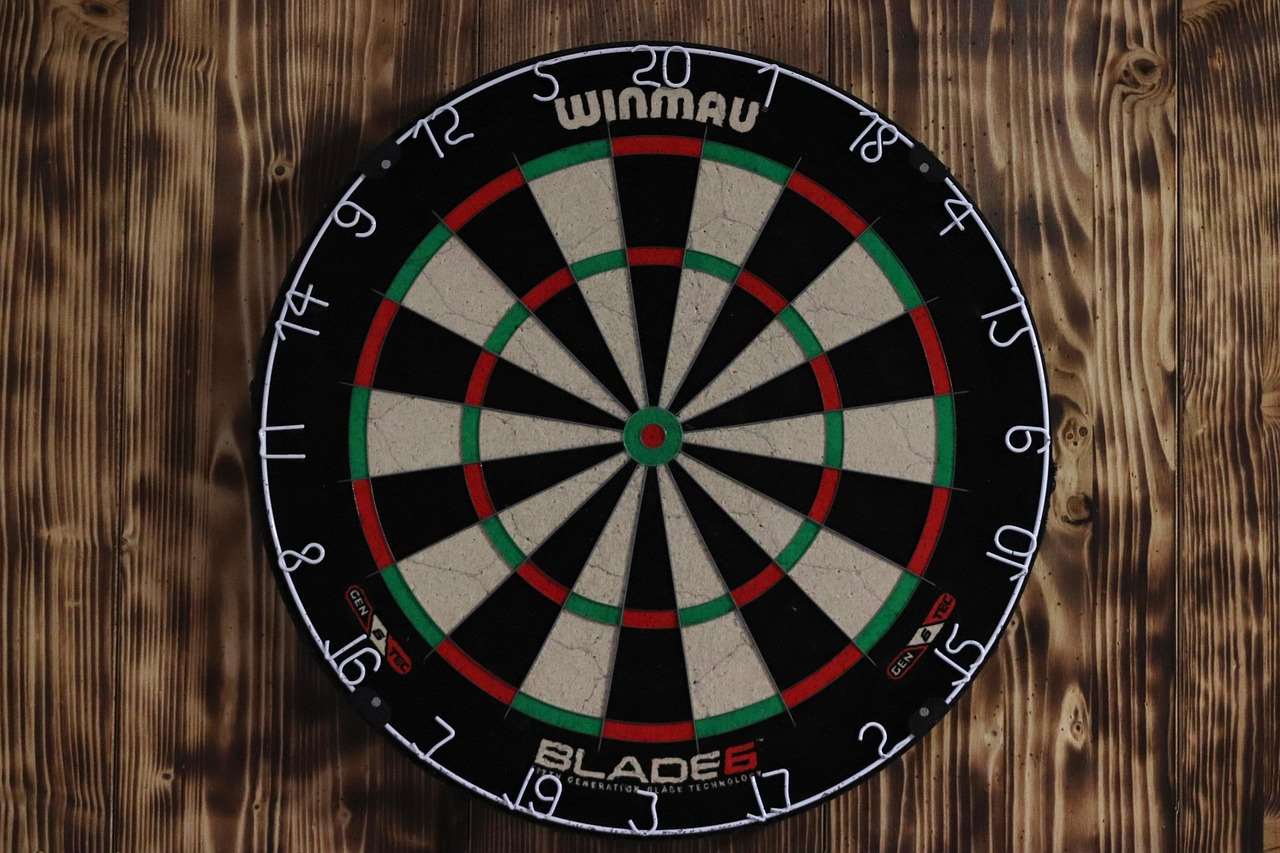
The Role of Dart Weight and Barrel Shape in Your Grip
The weight and shape of your darts can significantly impact your dart throwing grip. Heavier darts often require a firmer grip, while lighter darts may benefit from a more delicate touch. Similarly, a smooth barrel might necessitate a more secure grip than a heavily knurled barrel. Understanding how your darts interact with your grip is crucial for optimizing your performance.
Choosing Darts That Complement Your Grip
- Experiment with Different Weights: Try darts of varying weights to see which feels most comfortable and controllable with your grip.
- Consider Barrel Shape: Choose a barrel shape that fits comfortably in your hand and provides adequate grip.
- Knurling: Experiment with different levels of knurling to find the right balance between grip and release.
Developing Consistency in Your Dart Throwing Grip
Consistency is paramount in darts. Once you’ve found a dart throwing grip that feels comfortable and controllable, focus on replicating it every single time. This requires conscious effort and deliberate practice. Muscle memory is your friend; the more you repeat the same grip, the more natural it will become.
Techniques for Reinforcing Grip Consistency
- Visual Check: Before each throw, visually inspect your grip to ensure it’s correct.
- Mental Rehearsal: Mentally rehearse your grip before picking up the dart.
- Slow Practice: Practice your grip slowly and deliberately, focusing on the feel of the dart in your hand.
- Record Yourself: Filming your throw can reveal inconsistencies in your grip that you might not notice otherwise.
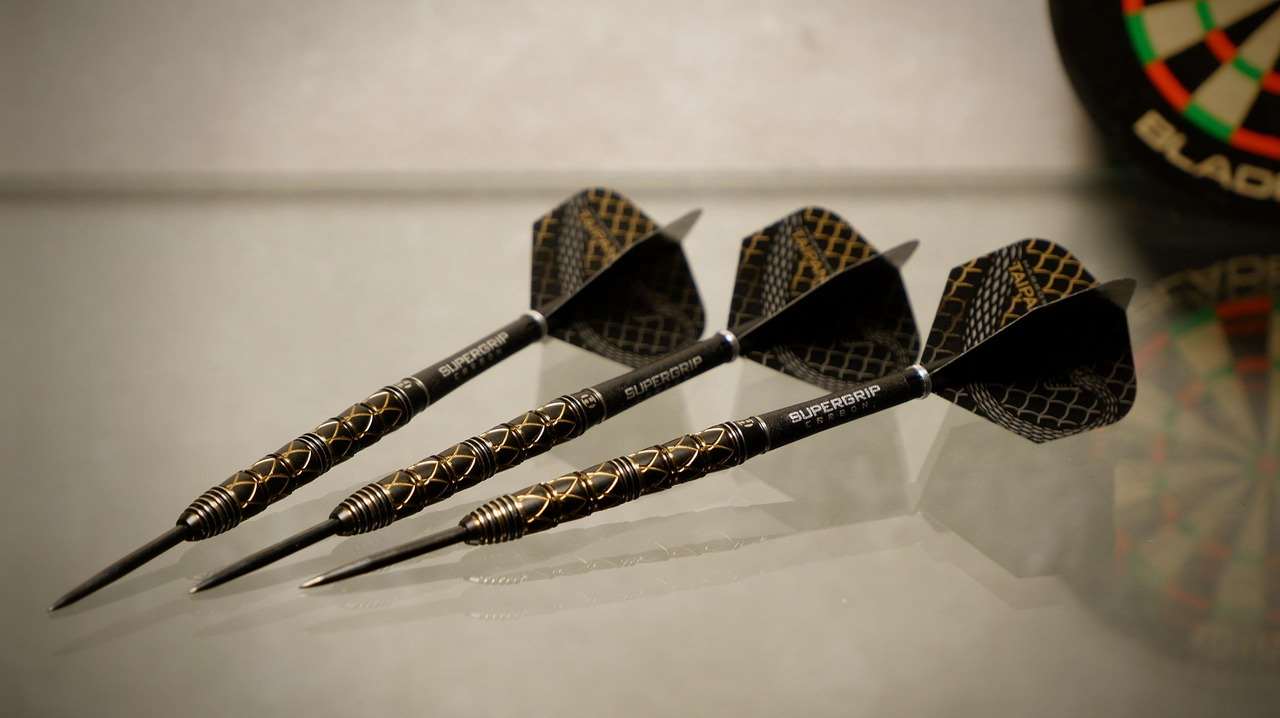
Troubleshooting Common Dart Throwing Grip Issues
Even with a solid dart throwing grip, you might encounter issues that affect your accuracy. Here are some common problems and potential solutions:
- Dart Wobbling: This could indicate an inconsistent release or excessive tension in your grip. Try loosening your grip and focusing on a smooth follow-through.
- Darts Landing at an Angle: This might be due to uneven pressure on the dart. Ensure that your fingers are applying equal pressure and that your wrist is stable.
- Inconsistent Trajectory: This could be caused by varying your finger placement on the dart. Pay close attention to your finger position and strive for consistency.
Advanced Dart Throwing Grip Techniques
Once you’ve mastered the basics, you can start exploring advanced grip techniques to further refine your game. These techniques often involve subtle adjustments to finger placement, pressure, and release to achieve specific results.
Experimenting with Fine-Tuning Your Grip
- The ‘Feather’ Grip: A very light grip that emphasizes a smooth and effortless release.
- The ‘Power’ Grip: A firmer grip that allows for a more powerful throw.
- The ‘Controlled’ Grip: A balanced grip that provides a combination of control and power.
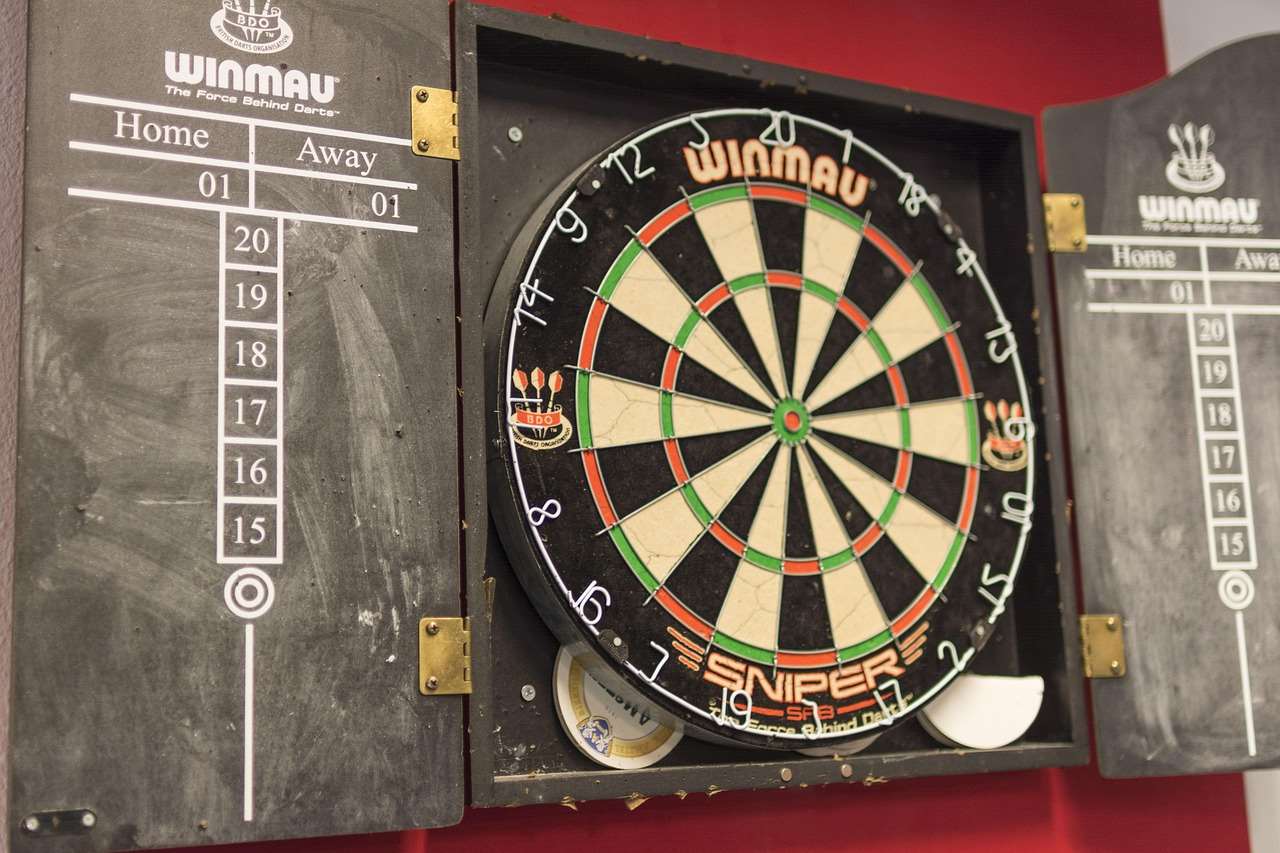
The Mental Aspect of Your Dart Throwing Grip
Your mental state can significantly impact your dart throwing grip. Stress, anxiety, and lack of focus can all lead to tension and an inconsistent grip. Cultivating a calm and focused mindset is crucial for maintaining consistency and achieving your best performance. Consider exploring resources related to darts on youtube.
Mindfulness and Focus for a Consistent Grip
- Deep Breathing: Take a few deep breaths before each throw to relax your muscles and calm your mind.
- Visualization: Visualize yourself executing a perfect throw with a consistent grip.
- Positive Self-Talk: Encourage yourself with positive affirmations and focus on your strengths.
Conclusion
Mastering your dart throwing grip is a journey that requires experimentation, practice, and patience. By understanding the fundamentals, exploring different grip styles, and paying attention to the nuances of finger placement, pressure, and consistency, you can develop a grip that optimizes your accuracy and unlocks your full potential on the oche. Remember to stay relaxed, focused, and adaptable, and don’t be afraid to make adjustments as you progress. Now, grab your darts and start experimenting! Your perfect grip awaits. Be sure to check out darts best moments for inspiration!
Hi, I’m Dieter, and I created Dartcounter (Dartcounterapp.com). My motivation wasn’t being a darts expert – quite the opposite! When I first started playing, I loved the game but found keeping accurate scores and tracking stats difficult and distracting.
I figured I couldn’t be the only one struggling with this. So, I decided to build a solution: an easy-to-use application that everyone, no matter their experience level, could use to manage scoring effortlessly.
My goal for Dartcounter was simple: let the app handle the numbers – the scoring, the averages, the stats, even checkout suggestions – so players could focus purely on their throw and enjoying the game. It began as a way to solve my own beginner’s problem, and I’m thrilled it has grown into a helpful tool for the wider darts community.